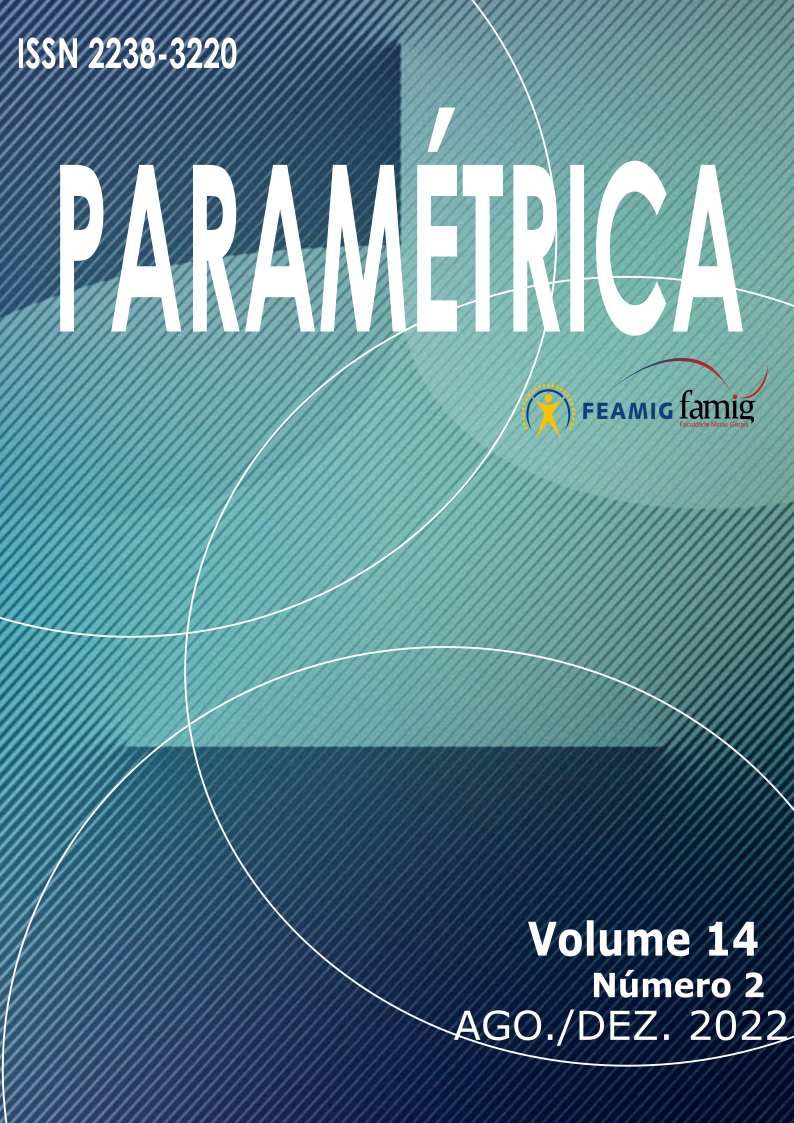Topographic instruments
evaluation of the laser scanning system
Keywords:
Instruments, Topographic, Scanner, 3DAbstract
The three-dimensional survey of terrestrial points is a classic problem, which can be solved by different methods. The oldest is direct surveying, measuring distances and directions using topographic instruments. This technique was achieved with the introduction of electronic rangefinders and anglers, integrated devices that are traditionally known as total stations. The laser gauge has been greatly improved and now measures distances without the need for a reflector, allowing you to determine coordinates at long distances without touching the object. This article seeks to evaluate the accuracy of the 3D scanner method, its positive and negative points, its degree of precision and accuracy in the analysis, and its contributions to the topographic market. With the 3D scanner, and the use of Drones, also known as UAV (Unmanned Aerial Vehicle) these aerial devices provide the displacement of the 3D scanner, so that specific areas are measured and evaluated, without human presence on site. In addition, the maturity of service mechanisms control technology, applied to instrumentation, has ensured the development of robotic total stations, which allow the measurement of programmed points even in the absence of operators. This research was based on the methods of bibliographic research, which allows the researcher to have a theoretical basis on the phenomenon being researched, enabling a clearer understanding of the research. Given the above, the research problem is based on the assumption that among all cartographic instruments, 3D scanners.


